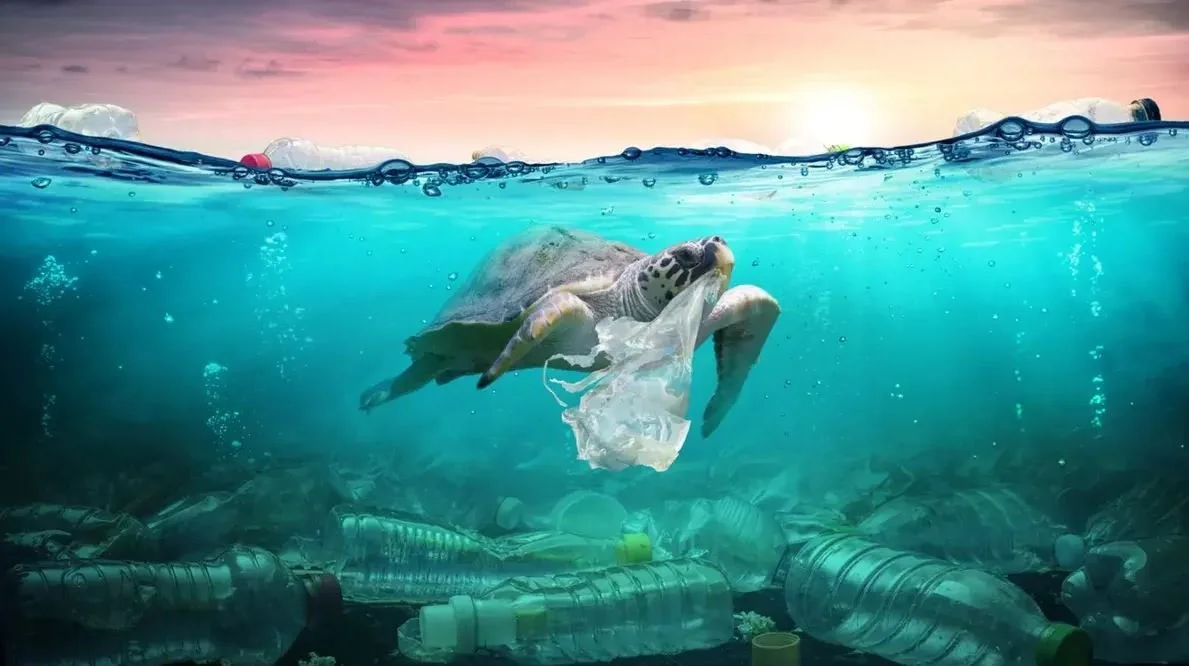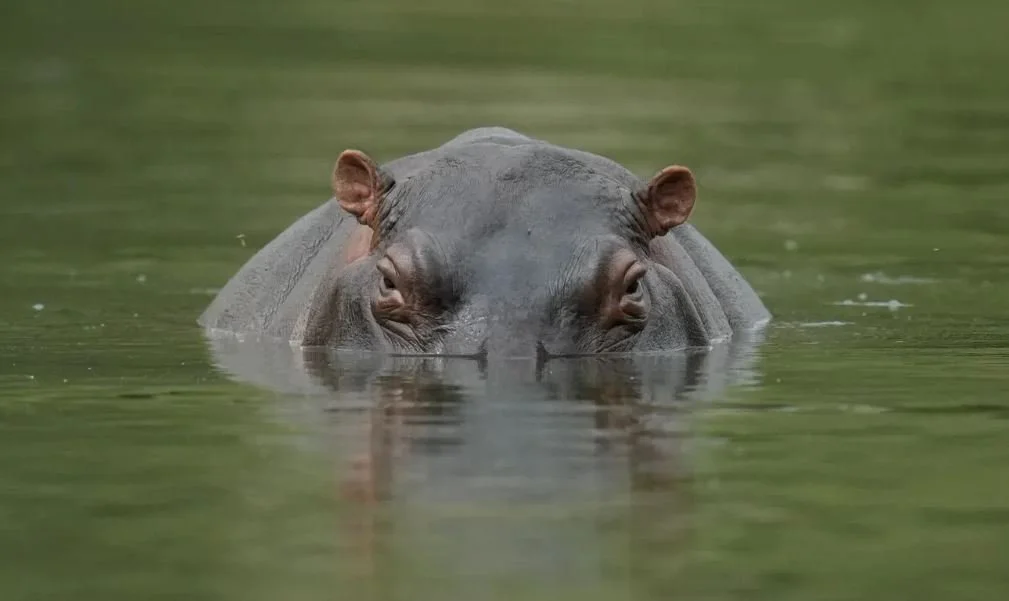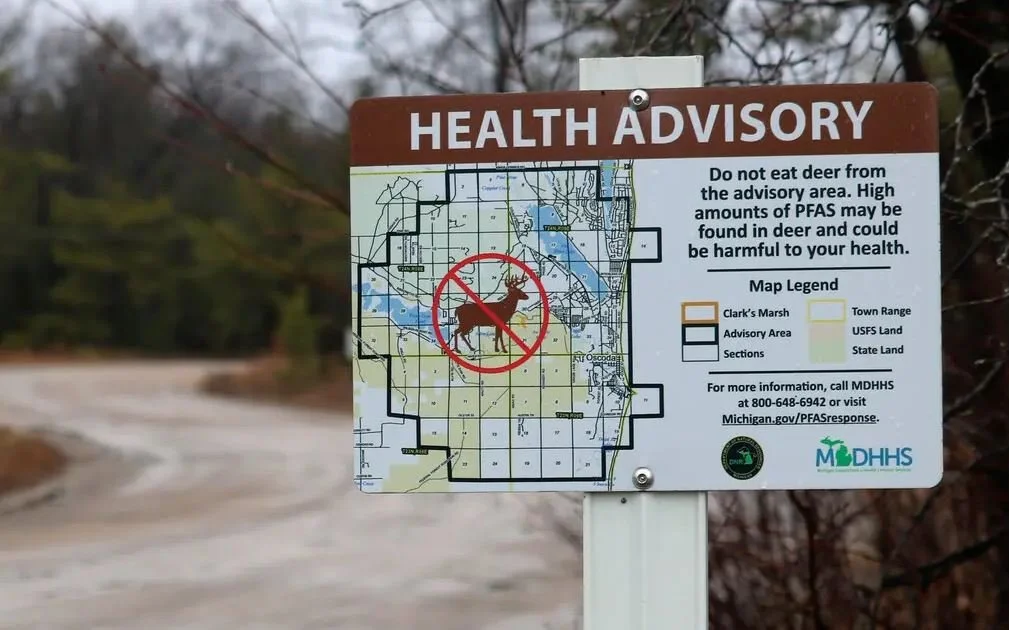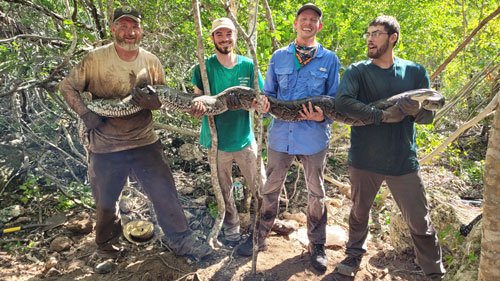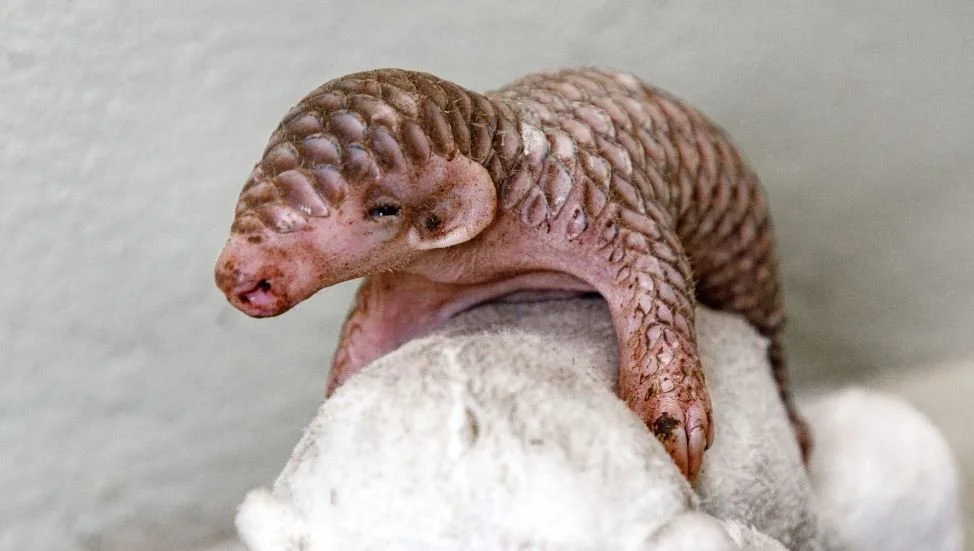The eastern hellbender, the largest salamander in North America, faces various threats to its existence. One threat turns out to be the eastern hellbender itself, as researchers have observed an increase in cannibalism in the species.
Hi.
Welcome to my blog.





